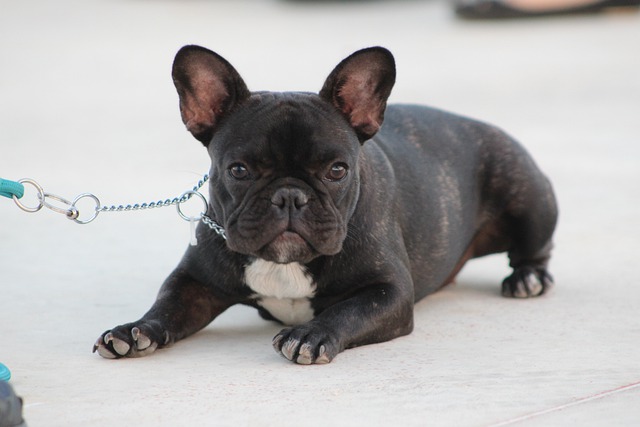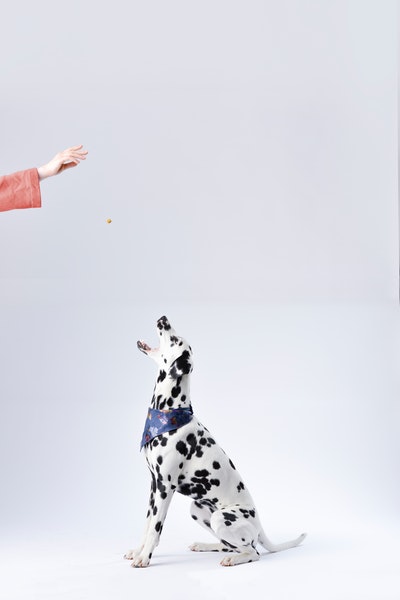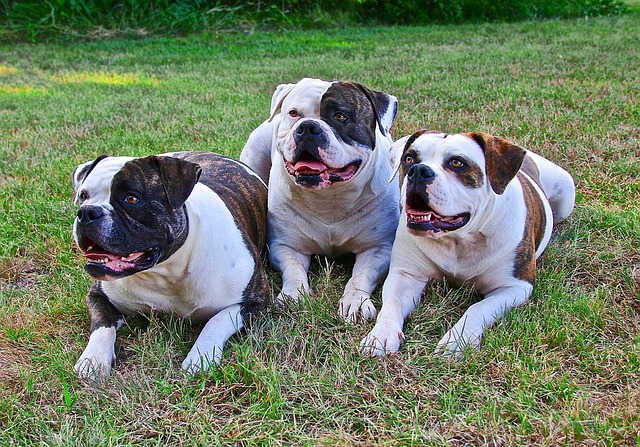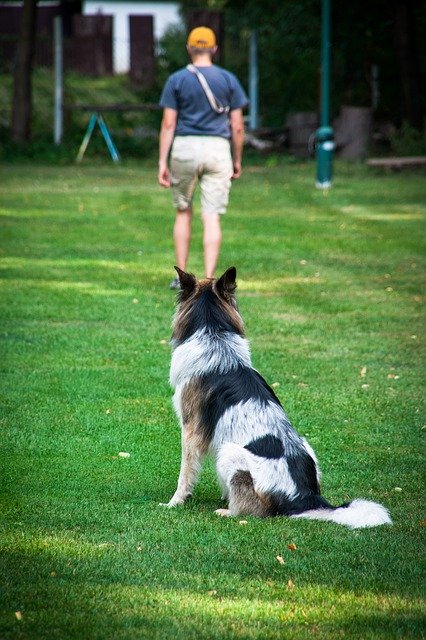The basic education that a dog must know: When we adopt a dog, we often ask ourselves the question of the education to bring him, so that he is happy and that everything goes well, with us or the company that surrounds us. Let’s see together what basic education every dog should know.
Puppy or adult, same fight?
It is important to consider your dog’s age before talking about his education and what he needs to know. For a puppy, he is a bit like a blank page, everything is to be written with him and if he has not suffered trauma during his early childhood, there is no reason to encounter enormous difficulties.
For an adult you adopt, learn as much as possible about their previous experience so that you can adapt their education, understand the behavioral problems they may encounter today and adapt your learning methods to prevent them from reliving a trauma.

The methods
The education methods you choose will define your relationship with your dog somewhere. Methods based on violence will not be able to bring your relationship to something serene.
Conversely, methods based on reward, motivation and play will lead your dog to trust you and thus give the best of himself, not because he is constrained, but because he has it. want and that he also has an interest in following your requests. What could be better than having a dog with whom, in addition to an animal educator relationship, we have a real bond of friendship. A bond that only your duo can understand.
These methods will vary from person to person, and everyone with a dog will want to give their advice. Make up your own mind by studying the different possibilities, remembering what you want for the future with your furry friend.
Basic commands
Each of us has different demands on our dog’s education, but here are the basic commands that are recommended for a good start of life together.
The reminder
This is the basis, the one from which we cannot depart. The reminder is that his dog comes back when called. It is a basis of security for various reasons:
not to lose your dog
that our dog does not represent a danger for anyone, to avoid a road accident, a bad meeting …
Learning the recall will also strengthen your bond when practiced in a positive way, adding a reward when your dog returns. While learning, you can use a 10-meter or longer lanyard to secure your animal, but also yourself, we often stress about releasing our dogs.
The Stay
The stay command is to be used in an emergency, to stop your dog in the middle of a race in case of danger. This order may simply save his life.
The positions
Sit command
This is one of the first things we teach our dogs. It is also one of the easiest, except if the dog is having health concerns, pain in the back.
To teach him, put a treat on top of the nose, and move back to the dog’s back, so that he looks up. And mechanically, when the dog lifts its head, it lowers the rear end. When the dog is seated, it is enough to give him the treat to let him know that he has done the right deed.

The lying command – down
Lying down can be useful for asking your dog to rest calmly on a terrace restaurant, for example. To teach him, start from the seated position for more ease. Using a treat, start there too in front of your dog’s nose, this time lower to the ground, making sure the dog is attracted enough by this candy to follow it with his head. Once on the ground, back or advance the treat far enough that the dog needs to extend its paws to retrieve it.
Same principle as for sitting, once in the desired position, reward the dog.

Standing
Another of the possible positions is the “standing” and as the name suggests, it involves asking the dog to stand up from another position. A trick that can also be applied to sitting and lying down is to simply say the correct word when the dog takes the initiative to do the position on his own.
An example, your dog was sleeping and got up. As your dog gets up, say “stand up!” To make the connection between the word and the action of standing up.
Leave it command
The “leave it” command is the order for the dog not to touch what it is going to take in the mouth, for example something that was dragging on the ground. This command can also stop the dog in action, for example for biting or jumping on arriving guests. Teaching him to “leave it” can prevent poisoning.
House Training Your Dog
Potty training concerns more particularly the puppies, but know that it is possible to learn the toilet at any age. Obviously, the longer bad behavior lasts, the more entrenched it becomes, but it is never impossible to improve. For effective toilet training, remember that reinforcing good behaviors is much more effective than relying on bad ones anyway. So reinforce your dog’s good deed when he defecates outside, he will then understand that he has an interest in doing so. Also, ignore it when it makes a mess in the house, remembering that everyone needs time to learn new behaviors and that depending on their age a puppy is more or less able to hold back over time. And remember that a dog has a natural rhythm, a puppy relaxes upon awakening, after play, after cuddling, after eating. Taking it out on times is therefore a good start to potty training.
Walking on a leash
How many dog owners have their arm “ripped off” every time they try to walk? The walk then becomes very unpleasant, and we are less and less motivated to go for a walk with our dog, we do not want to have a bad time. Don’t wait for your dog to start pulling to teach him how to walk well on a leash, start rewarding him when he walks without towing as soon as possible. If your dog is currently pulling on his leash, anti-pull harnesses can help, along with adopting certain exercises to teach him that his best interest is in doing otherwise.
There is a difference between walking on a leash and strict toe walking. We are talking about a walk on a leash, that is to say that the dog has the right to be in front of us as long as he does not pull. A good walk is a pleasant and fulfilling walk for everyone. A good reminder and a good walk on a leash are therefore the keys to making sure everything goes smoothly.
Staying alone
A final case seemed also important to discuss, and that is that of loneliness. It is not innate for all dogs to be alone for hours on end and some of them can develop behavioral problems related to loneliness such as barking, destruction …Remember that all learning with the dog should be gradual so that it is firmly established in his mind. Likewise for learning to be alone, gradually leave your dog alone, keeping him occupied with games adapted and designed to allow our animals to take care of themselves mentally during our absences.
Just like the others, it is important to have a dog that can remain alone without causing damage for his mental well-being but also for the consequences that this could have for his surrounding (material damage, neighborhood problems …)

In conclusion, remember that the basis of all this remains the complicity and trust that your dog can have in you and vice versa. With confidence and complicity, you can accomplish anything!
